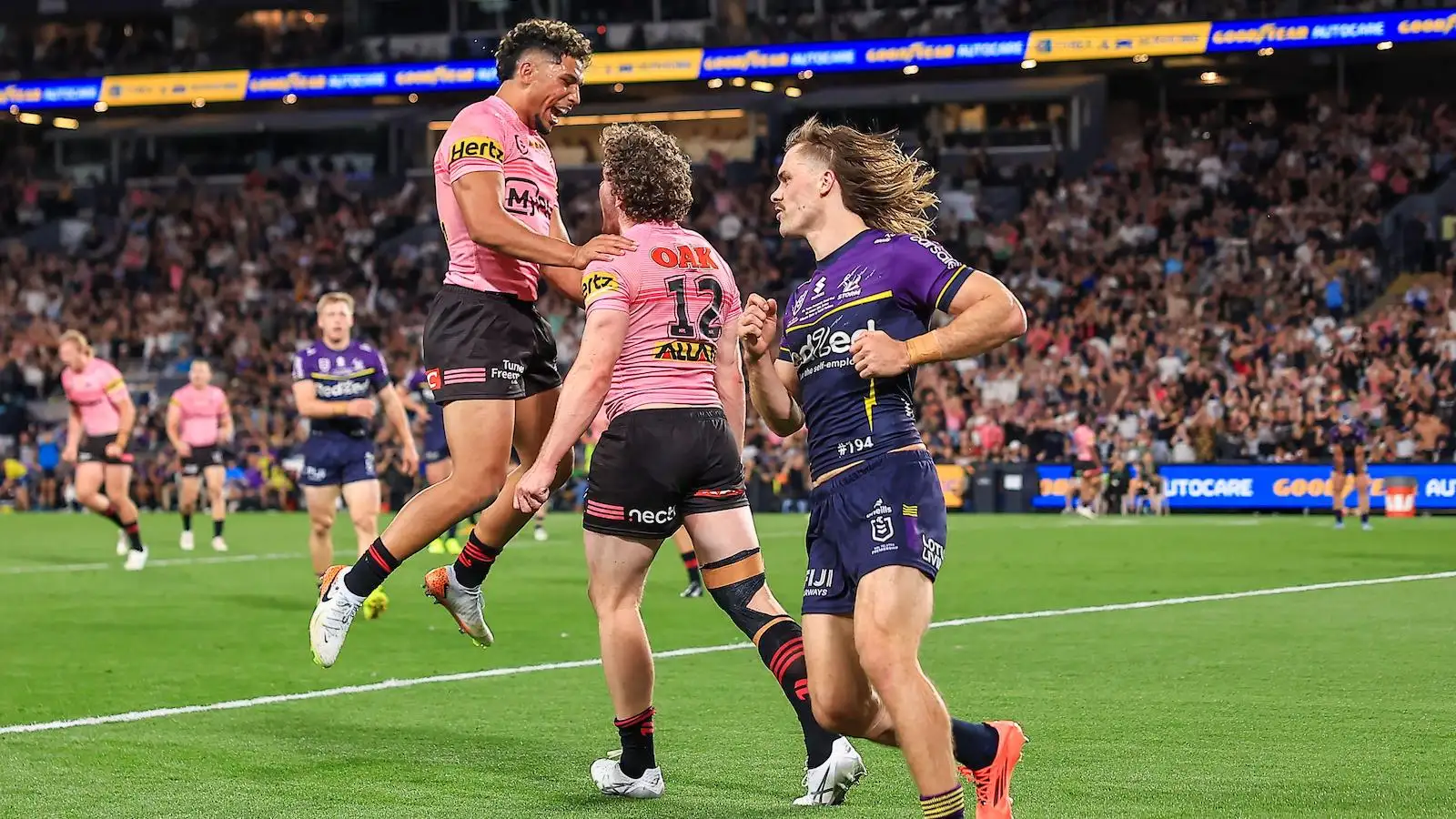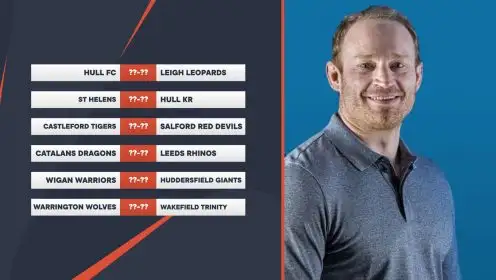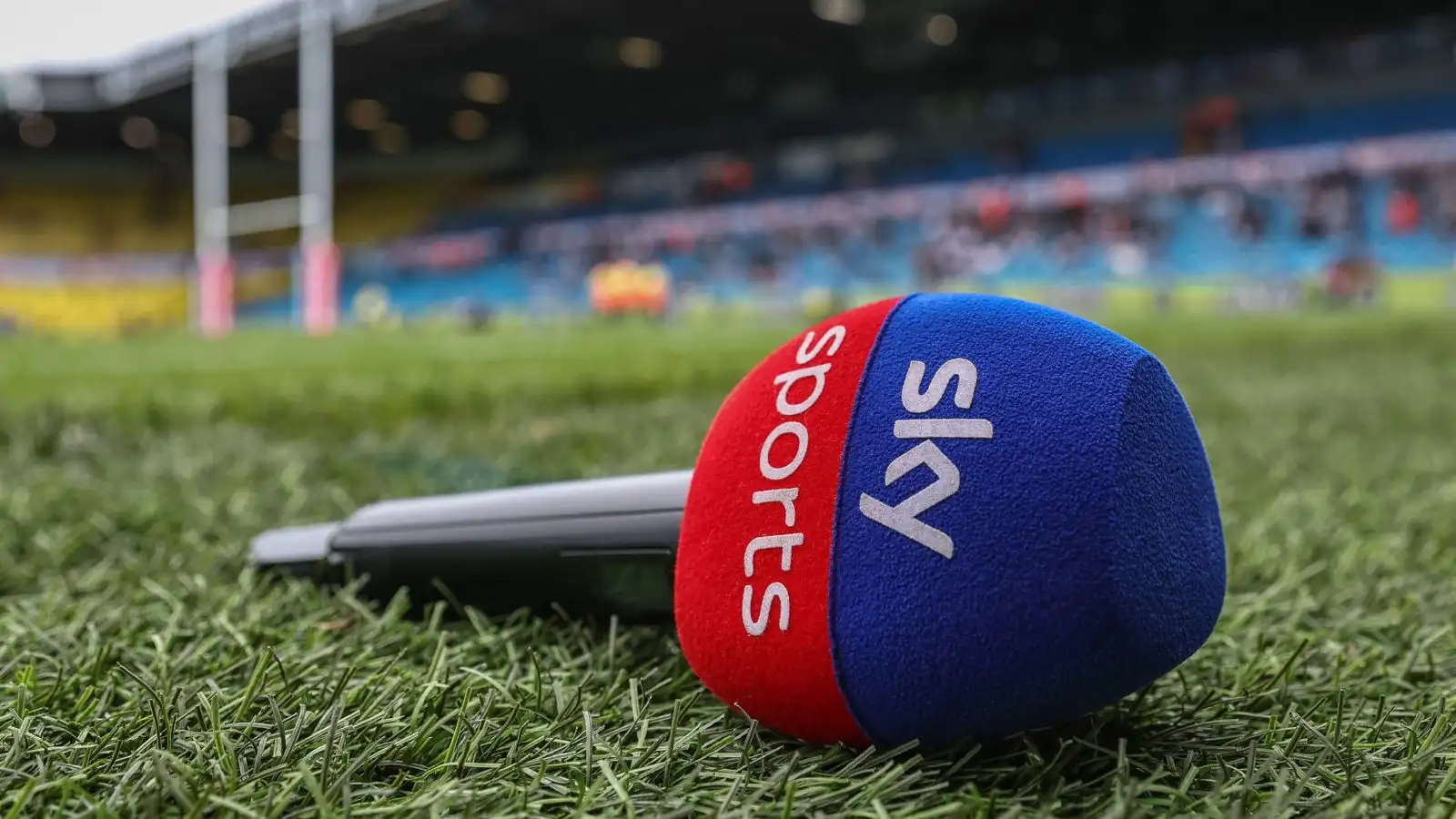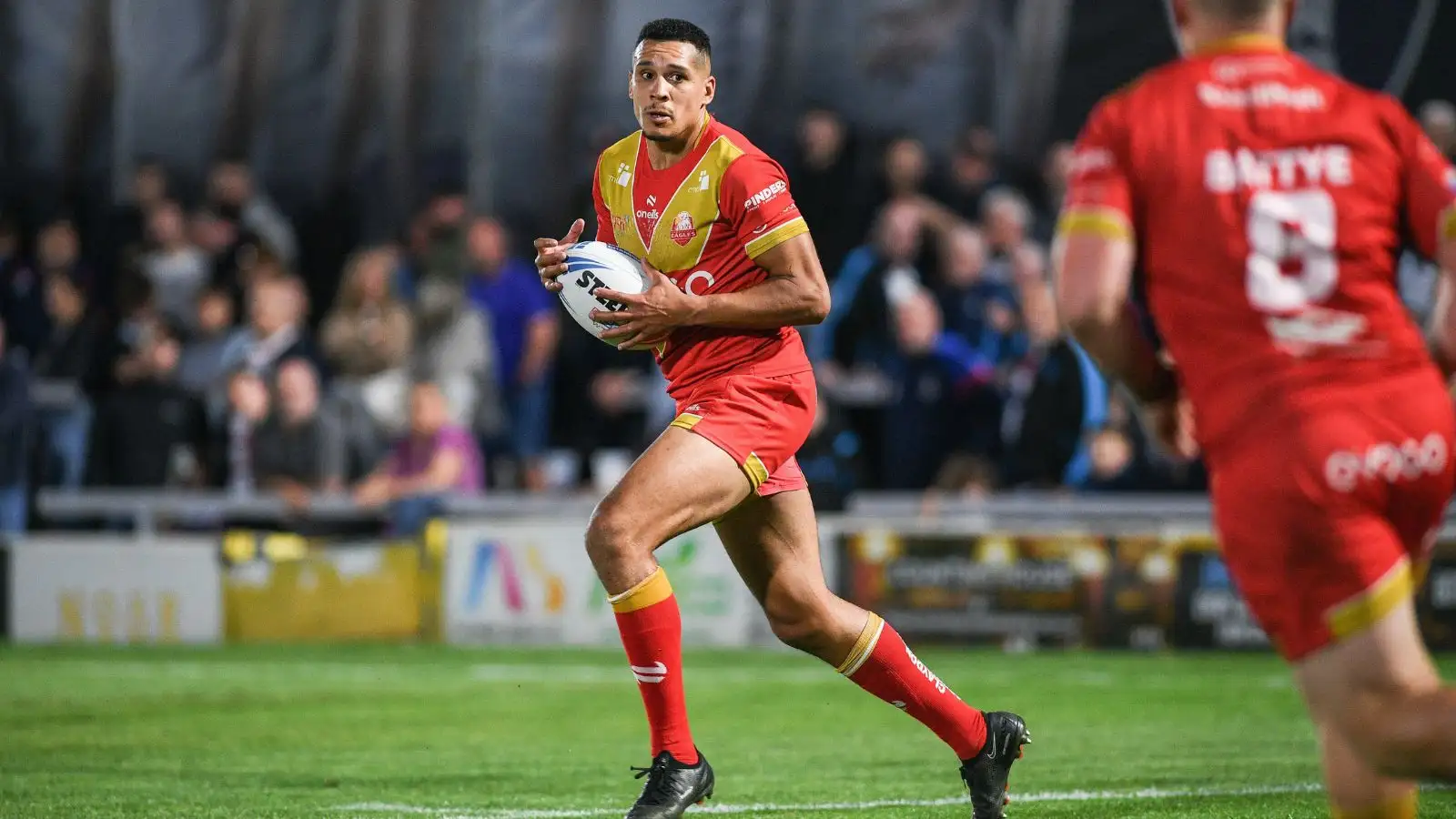RFL announces four rule changes for 2015

The RFL have confirmed that there will be four rule changes at all levels of the professional game for the 2015 season.
The RFL Laws Committee have devised the changes. The Committee consists of representatives from each major area of the sport’s structure.
The committee, and the areas they represent, in full is: Chairman – Nigel Wood, Community – Bob Barker, Players – Jon Wilkin, Coaches – Brian McDermott, Super League – Mike Rush, Championship/League 1 – Carl Hall, Match officials – Jon Sharp and Ian Smith, and Secretariat – Jon Dutton.
RFL Chief Executive Nigel Wood, who chairs the Laws Committee, said: “The changes will enhance the matchday experience for players, spectators, coaches and TV viewers alike by making the laws of the game as simple and unambiguous as possible.
“The Laws Committee took into consideration views from across the game and I am sure the changes will be well received by everyone involved.”
The Law changes and amendments were approved by the game at a meeting of the Rugby League Council held on Thursday December 11.
The new rule changes are:
Obstruction
The application of the obstruction law will now focus on enabling the referee to allow play to continue unless the defending team has been materially disadvantaged. The changes clarify the current obstruction policy and remove the ambiguity that caused some confusion for players and spectators alike during 2014.
From 2015, the following indicators will be considered, in the opinion of the referee/video referee for an obstruction:
Offensive considerations:
Lead runner(s) (who do not receive the ball) must not stop in the middle of the defensive line.
Lead runner(s) (who do not receive the ball) must not run at (chest or outside shoulder of) defender/s and initiate contact.
The sweep runner must receive the ball beyond the inside shoulder of the lead runner.
If the sweep runner catches the ball on the inside shoulder of the lead runner and there is sufficient depth to the defensive line and the defenders are not impeded, play should be allowed to continue.
If the sweep runner catches the ball on the inside shoulder of the lead runner and there is insufficient depth to the defensive line, then play should only be allowed to proceed if the defenders are not impeded.
Defensive considerations:
Does the defender initiate contact?
Was there a wrong read by the defender?
Was the defence obstructed?
Ball carrier around the back of his team mate:
Must not disadvantage the defensive line.
Players who are tackled immediately- Play on.
Can concede or succumb to the tackle- Play on.
Concussion
Teams will be allowed an extra ‘free’ interchange in the event of a player suffering an injury that requires a pitchside concussion assessment.
The change is designed to safeguard players against the unseen dangers of concussion by removing any sub-conscious pressure on medical staff to not be over-cautious in removing a player from the field for an assessment.
Sin-bin
The number of main areas in which sin-binning is deemed to be the appropriate course of action is to be changed from seven to four with the aim of helping referees impose immediate real-time sanctions by reducing the number of ‘on report’ decisions.
From 2015, the four main areas used for the sin-bin will be:
Unsportsmanlike conduct (to include but not limited to):
Professional foul, especially in try scoring situations
Delaying a quick 20m restart
Dissent
Repeated infringements
Foul play/Dangerous contact (to include but not limited to):
Man to man confrontation;
Tackles where player(s) are placed in a dangerous position;
Dangerous contact to include, chicken wing type tackles etc.;
An altercation between two players where only one player throws a punch;
Foul play which is not deemed severe enough to be a sending off, however is deserving of a sin bin.
Video referees
A new law will be introduced to enable the referee to make a ‘live decision’ during televised fixtures on any try before being referred to the video referees. The system is similar to that used during the 2014 Four Nations tournament and in the NRL.
When a try is scored which the referee deems worthy of review, he will signal his decision (Try or No Try) before the video referees assess whether there is sufficient evidence to overturn his decision. The process gives parity between televised and non-televised games with the referee being required to make a decision.
The Referee after consultation with the other on field officials will make a ‘Live Decision’.
In the event that the Referee requires a video review, he will call time off and physically signal for a ‘Video Referee review’.
The referee will then signal his ‘Live Decision’ (TRY or NO TRY).
The Video Referees will then review the on field ‘Live Decision’.
The Video Referees will then assess if there is ‘sufficient evidence’ to confirm or overturn the ‘Live Decision’.
If there is ‘sufficient evidence’ the Video Referees will confirm that the ‘Live Decision’ is correct and this will be indicated to the Referee, players and spectators via the screen.
If there is ‘sufficient evidence’ that the ‘Live decision’ is incorrect, the Video Referees will overturn the ‘Live decision’ and the new decision will be indicated to the Referee, players and spectators via the screen.
Where ‘insufficient evidence’ exists, the Video Referees will confirm the ‘Live Decision’ and this will be indicated to the Referee, players and spectators via the screen.
As there will be two Video Referees they will make a collective decision by majority. If there is a split decision the original decision of the Referee will stand.
The Referee will communicate briefly the reason for a ‘Live Decision’ being overturned after it has appeared on the screen.
The Video Referee may review any potential point scoring play.



